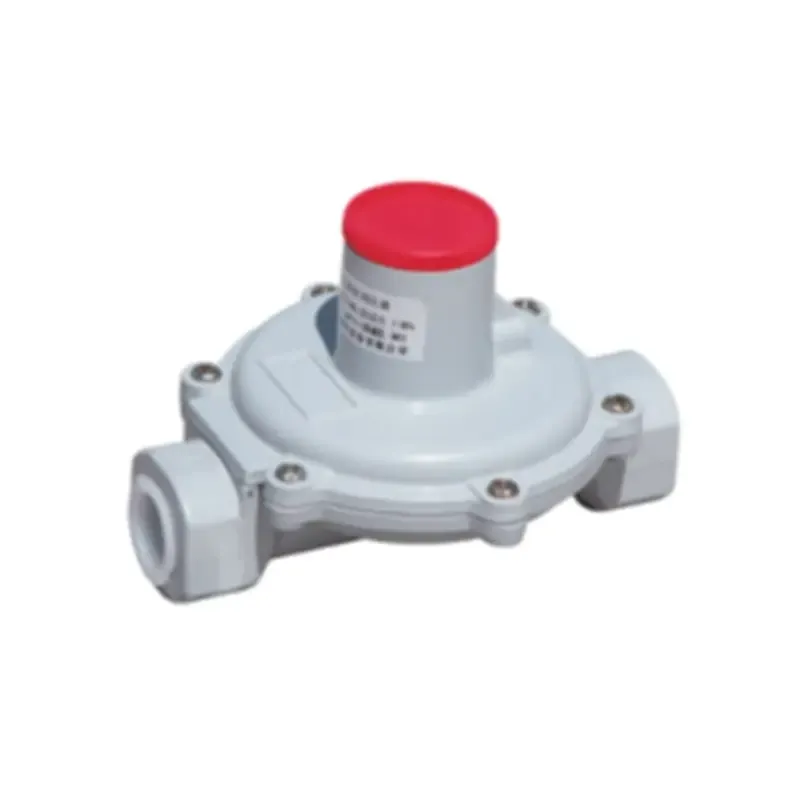
Nov . 23, 2024 20:01
Back to list
gas booster
Understanding Gas Boosters Enhancing Efficiency in Gas Systems
In the ever-evolving landscape of industrial applications, gas boosters play a crucial role in enhancing the efficiency and performance of gas systems. These specialized devices are designed to increase the pressure of various gases, making them invaluable in numerous industries, including manufacturing, oil and gas, and healthcare. By understanding the functionality, applications, and benefits of gas boosters, we can appreciate their significance in modern operations.
What are Gas Boosters?
Gas boosters are mechanical devices that are used to increase the pressure of gas from one level to another. Typically, they work by using a compression mechanism that draws in gas at low pressure and compresses it to a much higher pressure, often required for specific industrial processes. The design of a gas booster can vary, but most commonly, they feature a simple yet effective system comprised of a motor, piston, and cylinder. The motor drives the piston, which compresses the gas inside the cylinder, effectively boosting its pressure.
How Do Gas Boosters Work?
The operational principle of gas boosters is relatively straightforward. When gas enters the booster, it is typically at a lower pressure. The motor activates the piston, which moves within the cylinder, compressing the gas as it reduces the volume of the chamber. According to Boyle's Law, as the volume decreases, the pressure increases. This process continues until the gas reaches the desired pressure level and is then discharged for use in various applications. The efficiency and reliability of gas boosters make them essential for processes that require precise pressure control.
Applications of Gas Boosters
Gas boosters have a wide range of applications across multiple industries. One of the most common uses is in the oil and gas sector, where they are employed to transport natural gas and enhance the pressure for storage and distribution. In manufacturing, gas boosters are utilized to supply gases at the necessary pressures for processes such as welding, cutting, and chemical reactions.
In the medical field, gas boosters play a critical role in supplying compressed gases like oxygen and nitrous oxide for anesthesia and respiratory care. They ensure that medical facilities have a consistent and reliable source of gas, crucial for patient treatment. Additionally, the food and beverage industry utilizes gas boosters for carbonating beverages and preserving products through modified atmosphere packaging.
gas booster

Benefits of Gas Boosters
The advantages of gas boosters are numerous, contributing to their widespread adoption in various fields. Some key benefits include
1. Pressure Increase Gas boosters can elevate gas pressure to required levels, which is essential for many applications.
2. Improved Efficiency By ensuring that gases are delivered at the necessary pressures, gas boosters help optimize operational efficiency, reducing energy costs and downtime.
3. Versatility Gas boosters can be used with a variety of gases, making them suitable for diverse applications across industries.
4. Compact Design Many gas boosters are designed to be compact and easily integrated into existing systems, minimizing the need for extensive modifications.
5. Safety Modern gas boosters are equipped with safety features to prevent over-pressurization and ensure safe operation, crucial in handling flammable or toxic gases.
Conclusion
In conclusion, gas boosters are integral components in modern industrial systems, facilitating the efficient transfer and utilization of gases across various sectors. Their ability to increase pressure and ensure optimal gas delivery enhances productivity and safety, making them indispensable in applications ranging from manufacturing to healthcare. As industries continue to evolve and demand higher efficiency, the role of gas boosters will undoubtedly grow, paving the way for innovations that further improve gas handling processes. Understanding and optimizing these devices will be critical for businesses aiming to stay competitive in a rapidly changing market.
Latest news
-
Safety Valve Spring-Loaded Design Overpressure ProtectionNewsJul.25,2025
-
Precision Voltage Regulator AC5 Accuracy Grade PerformanceNewsJul.25,2025
-
Natural Gas Pressure Regulating Skid Industrial Pipeline ApplicationsNewsJul.25,2025
-
Natural Gas Filter Stainless Steel Mesh Element DesignNewsJul.25,2025
-
Gas Pressure Regulator Valve Direct-Acting Spring-Loaded DesignNewsJul.25,2025
-
Decompression Equipment Multi-Stage Heat Exchange System DesignNewsJul.25,2025

